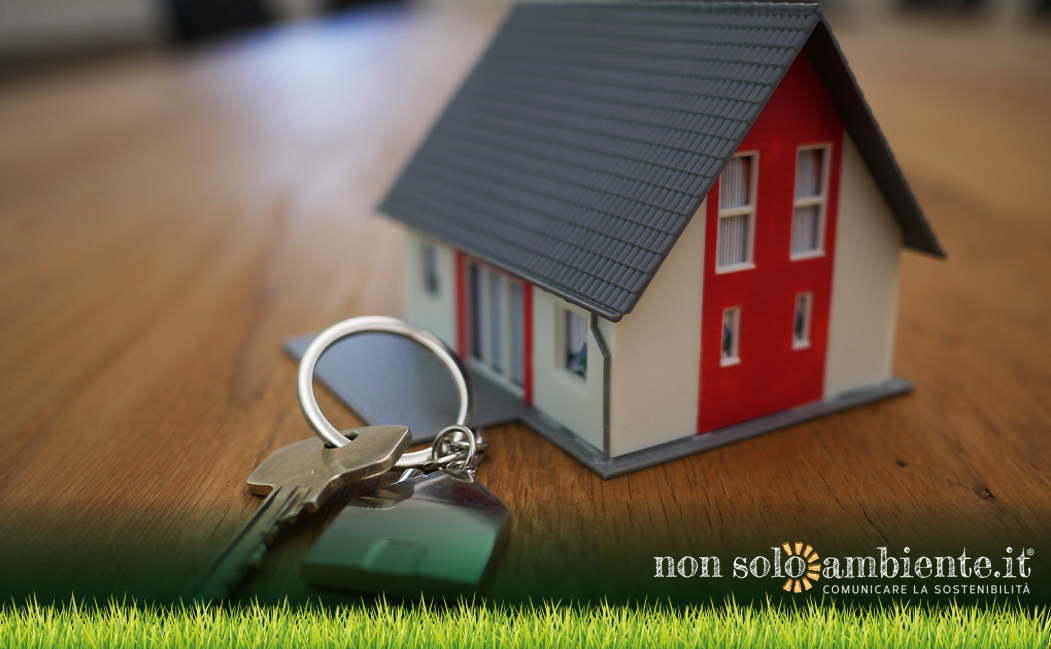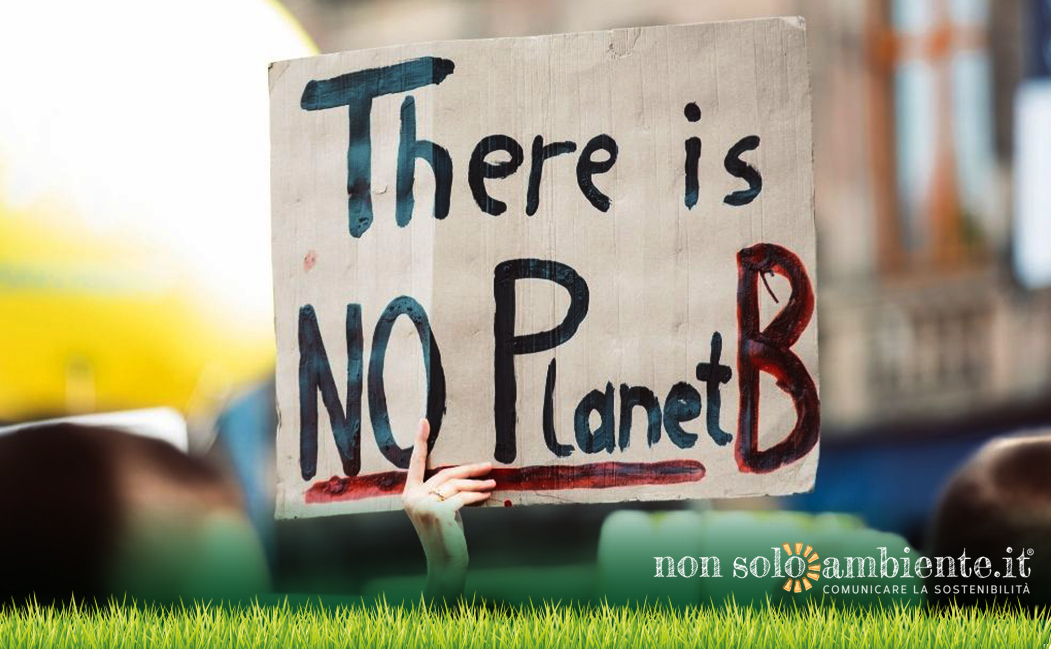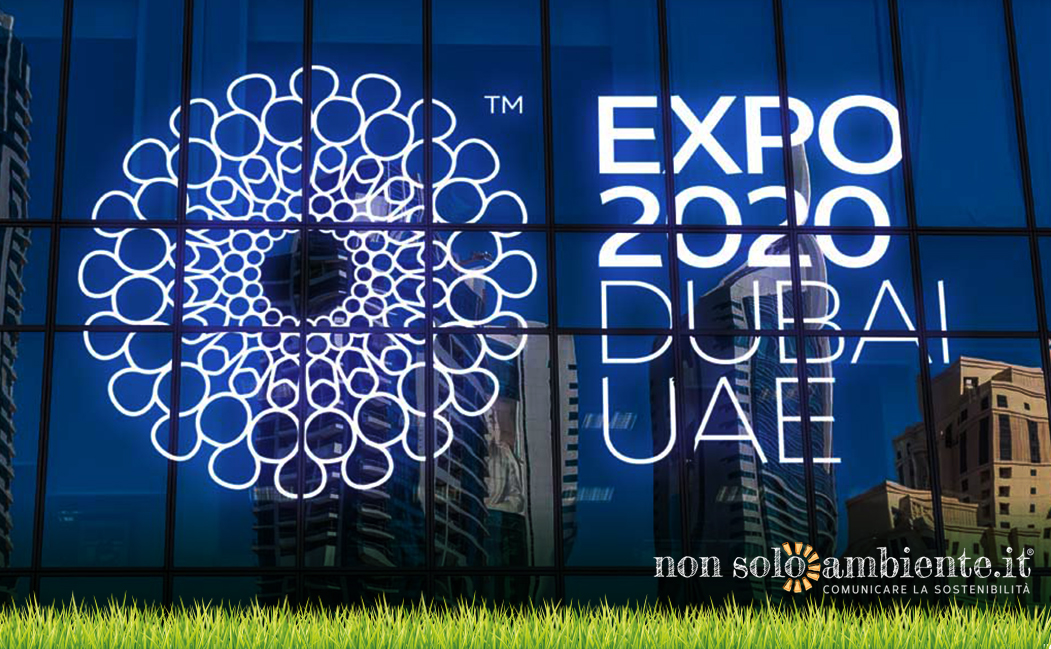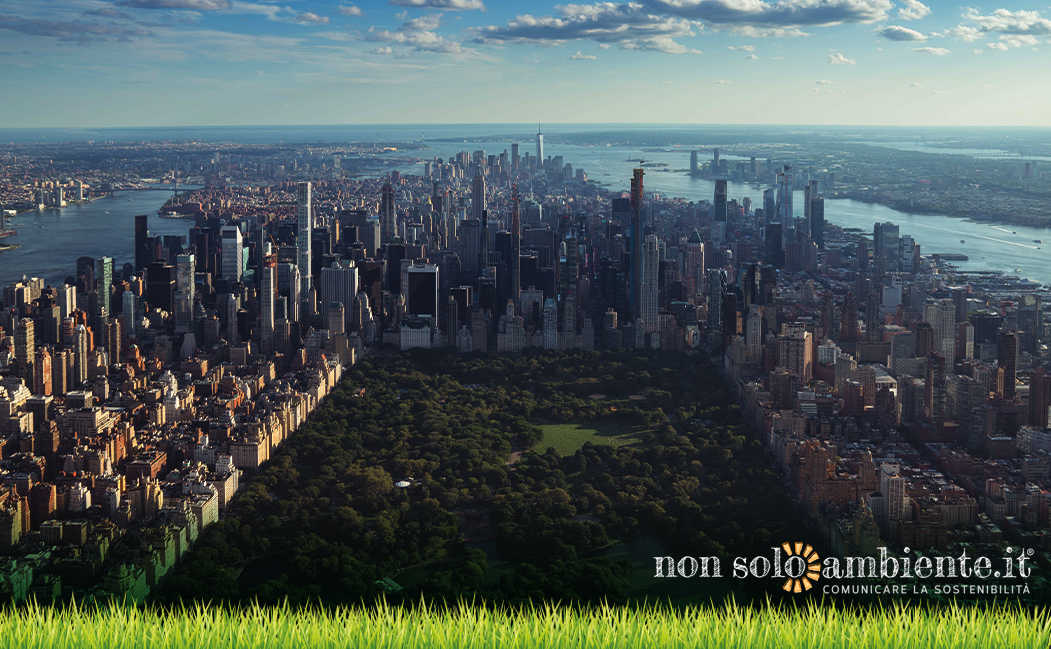
Ultime Notizie

In human history, there is more carbon in our atmosphere than at any time ever. 50% of CO2 which was emitted in the last 300 years is the same amount of CO2 produced since 1980.
Concerning the investment sector, the world’s wealthiest investors are responding to this crisis in different ways. More and more funds are dissociating from fossil fuels and 83% of business leaders say that Environmental Social and Governance (ESG) factors will be increasingly critical to merger and acquisition decision making in the next 12–24 months.
According to Colin Hannan, the same goes for global real estate. Indeed, Hannan states, “its total asset value is in excess of US$228 trillion, making it the world’s most important and largest asset class — a more valuable asset class than all of the world’s stocks, shares and bonds combined. In addition, the global real estate industry plays a heavy role in about 40% of all global emissions. And while eco-friendly, green, and sustainable measures are not unheard of in the industry, it has earned a reputation for being slow to adapt and innovate, remaining a long way behind where it needs to be.”
The term “impact investing” was introduced in 2007 and implies investments that establish a positive social or environmental outcome. According to Hannan, “the impact goes beyond ESG because it seeks to proactively take measurable action to improve situations, doing good for society and the environment while also providing the scope for attractive returns.”
What is the “impact” in the Real Estate sector? From a quick look at all the lists of brand-new hotels in 2021, it seems that sustainability has already become a standard expectation. We must consider this a huge achievement and needs to be admired. But – Hannan affirms – “it also means that green alone simply isn’t enough.”
While sustainability focuses on reducing footprint, aiming at carbon neutrality, the “impact” will actively benefit the environment, resulting in the regeneration of what surrounds us all. “There’s a tremendous opportunity here, because there are not many great examples of impact projects in existence today, yet it is inevitable that the area will have significant growth over the coming years,” Hannan concludes.
Some of relevant examples of buildings and areas regeneration in Italy are:
- CityLife (Milan) – from the former trade fair area of Milan to a new multipurpose district, with three futuristic towers in the middle, residential blocks designed for a new way to live in the city and the first urban shopping district in Italy.
- Porta Nuova (Milan) – the area is one of the largest urban regeneration projects all over Europe, that reconnects three parts of the city thanks to a continuous pedestrian system and a large public park. Designed by 25 international architects, it is a symbol of the rebirth of the city.
- Eataly Green Pea (Turin) – A eco-friendly retail park, a complex dedicated to the sale of durable goods made through a strictly ecological cycle.
Tags:
Potrebbero interessarti ...
Snam’s commitment to sustainability at Dubai Expo 2020
13 Ottobre 2021No more chocolate by 2050 because of extreme droughts effects
22 Settembre 2021How much CO₂ do urban forests absorb?
15 Settembre 2021Iscriviti alla nostra Newsletter!
Sei un sostenitore dell'ambiente in tutte le sue forme? Allora sei nel posto giusto!
Iscriviti subito!




